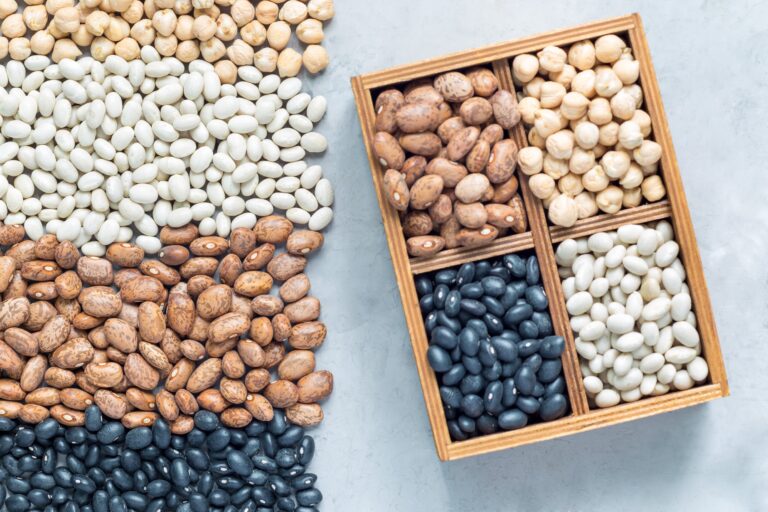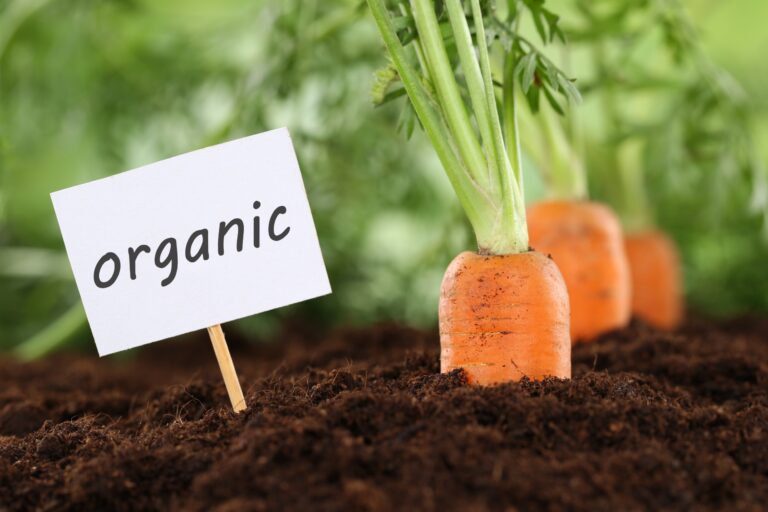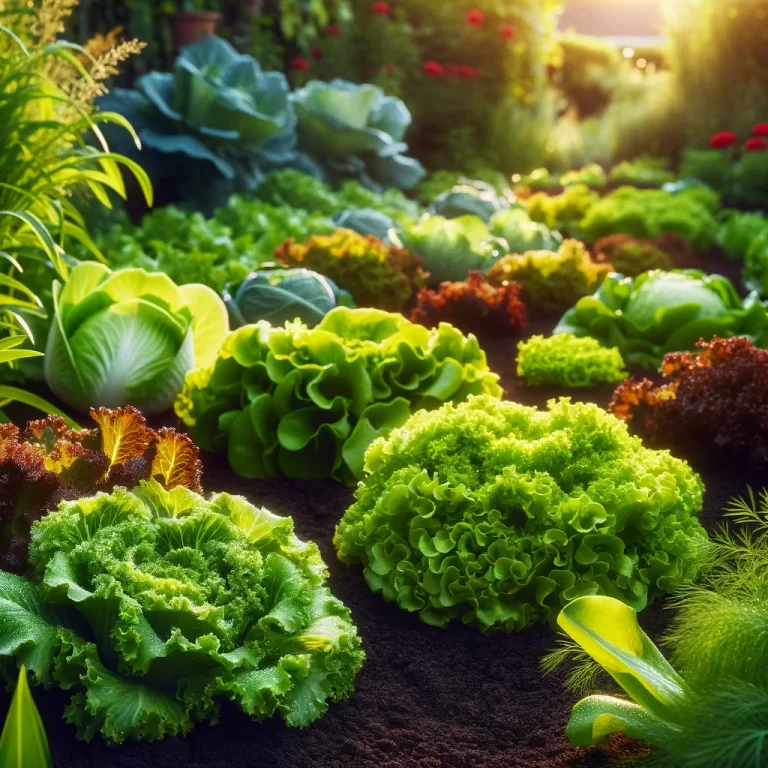In the world of gardening, the choice between purchasing seeds and harvesting seeds from fruit can significantly impact the success of your planting season. While harvesting seeds from fruit may seem economical and sustainable, there are several compelling reasons to purchase seeds instead. This approach offers advantages ranging from genetic quality to ease of use,…
gardening strategies
Enhance Your Garden Naturally with These Top 5 Organic Fertilizers
In an era where sustainability and organic living are more than just trends – they’re a lifestyle – the demand for natural garden care solutions is on the rise. For those with a green thumb, turning to organic fertilizers is a step towards nurturing your garden in harmony with nature. These fertilizers not only enrich…
Spring Is Almost Here: 5 Gardening Rules to Ensure Your Garden is Ready
As winter recedes and the first signs of spring start to appear, gardeners everywhere feel a renewed sense of excitement and anticipation. Preparing your garden for the new season is not just a ritual; it’s a promise of growth, renewal, and the beauty that lies ahead. To ensure your garden thrives, follow these five essential…
Lettuce – Key Growing and Transplanting Information
Lettuce is a staple in salads and sandwiches, and its popularity continues to rise as people seek healthy, fresh, and locally sourced food options. With an increasing interest in home gardening and sustainable agriculture, understanding the nuances of growing lettuce, when to transplant lettuce seedlings, and more are potentially critical. Here’s an overview of the…



